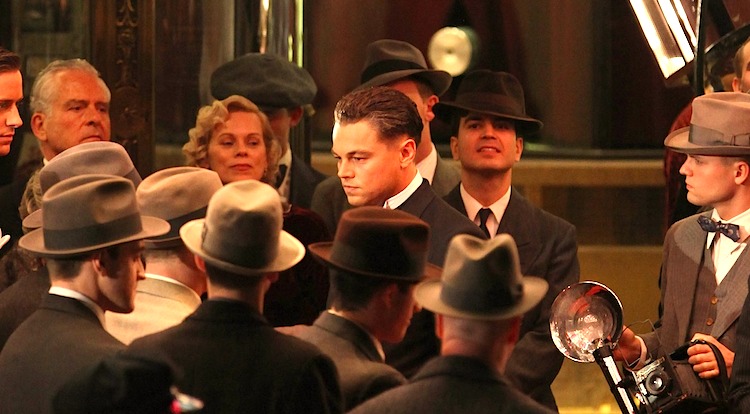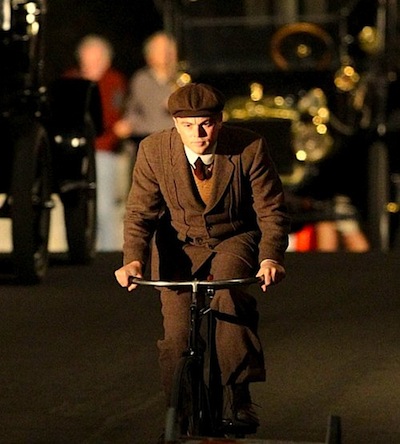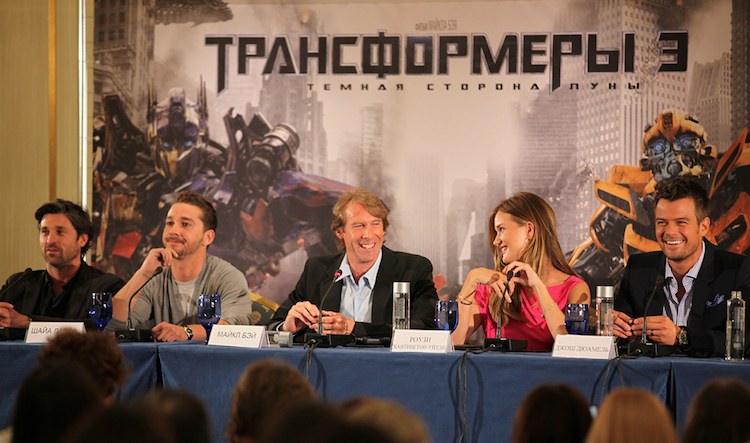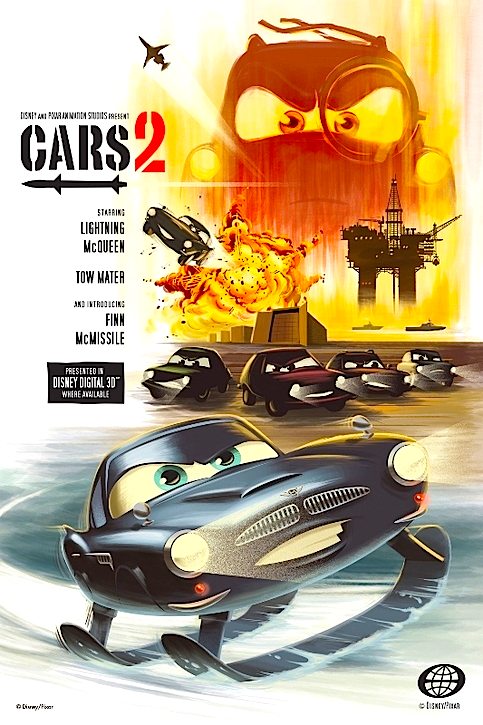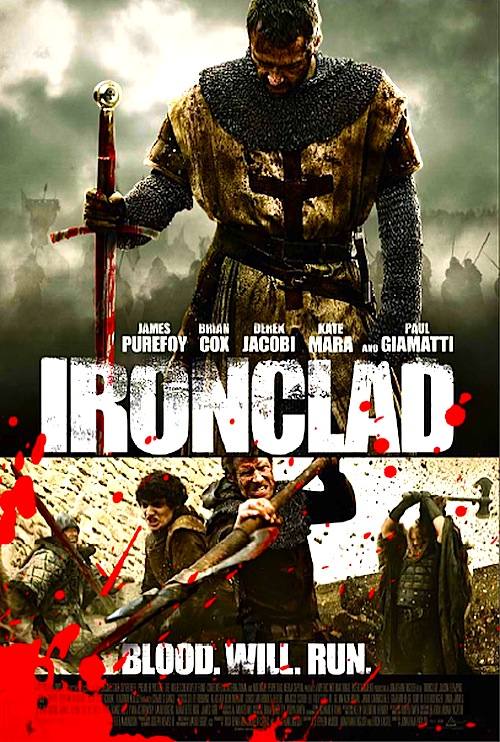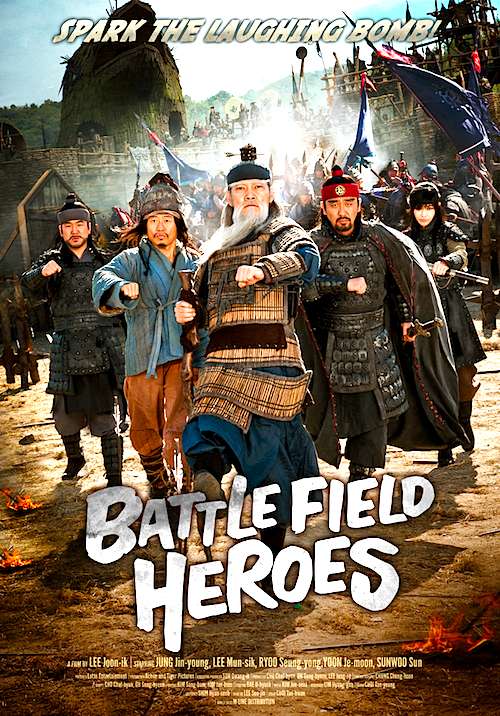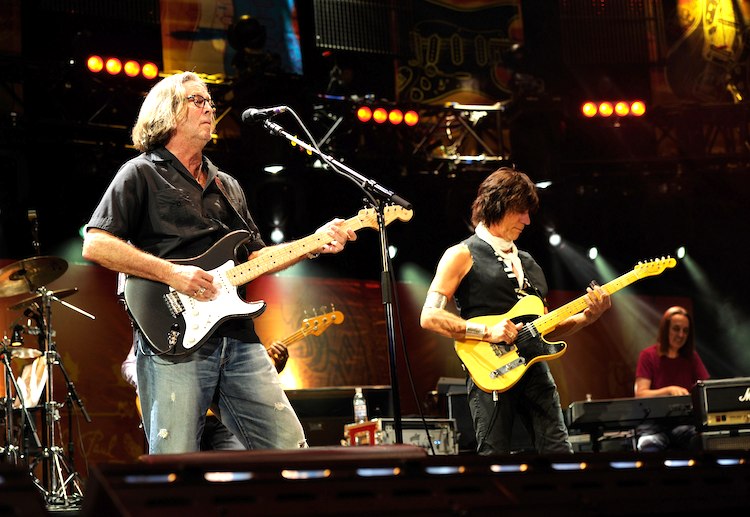
By David Ross. Two rock mega-concerts are now streaming on Netflix: the Rock’n’Roll Hall of Fame’s 25th Anniversary Concert (2009) and the third installment of Eric Clapton’s Crossroads Guitar Festival (2010), each weighing in at something like five hours. I have nothing very nice to say about the Hall of Fame concert. Like rock itself in its thirty-five-year phase of senescence, the concert has a smarmy self-congratulatory masturbatory quality that quickly becomes nauseating. A fair representation of the rock aristocracy is present – Jackson Browne, Crosby, Stills, and Nash, Mick Jagger, Billy Joel, Metallica, Prince, Lou Reed, Simon & Garfunkel, Bruce Springsteen, James Taylor, Sting, U2, Stevie Wonder, etc. – but the music has a mere pretense of energy and inspiration. It’s a slick simulacrum of an inspiration that fled in the seventies. For the most part, this concert is no better than a Vegas floor show.
Little Anthony, Buddy Guy, Dion, B.B. King, Jerry Lee Lewis, and Darlene Love are duly wheeled out, but their participation is gestural and patronizing. The baby boom billionaires can thereby flatter themselves as reverent keepers of a tradition that they have of course utterly sold out.
U2 particularly irks me, not because they’re not good – they are very good – but because they’re good in the wrong way. Theirs is a triumph of will – of sheer determination and professional organization and marshaled nerve; not for them the more equivocal experiments in interrogation, introspection, or poetry, the anxious plum-line dropped deep. Their real genius is steering their own ascension as icons and negotiating the cultural politics of their own global gigantism. Though they’ve made a lot of good music, they turn out to be oddly cognate with postmodern media manipulators like Madonna and Lady Gaga.
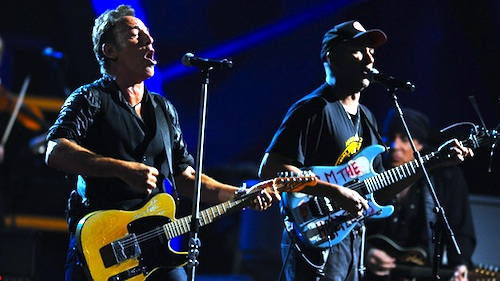
The only performance worth mentioning is the Springsteen/Tom Morello version of Springsteen’s dustbowl anthem “The Ghost of Tom Joad.” As much as he seems like he could use a good knock on the head from a cop during one of those IMF or World Bank melees, Morello, I have to admit, kills it. He may be the single-most annoying guy ever to play the guitar really well. For his part, Springsteen begins by issuing platitudes about “high times on Wall Street, hard times on Main Street,” which is a little rich coming from a guy who’s worth maybe $500 million, most of which, I hazard to guess, is invested by these very same Wall Street vampires. Springsteen has lost a good deal of his voice and looks increasingly like an aging tough guy from The Sopranos, but he’s still a rock’n’roll true believer, the last of them perhaps, along with Patti Smith. You won’t see him cavorting with Jay-Z and Beyonce at Cannes or hobnobbing with Sir Mick at the Monaco Grand Prix. Continue reading Rock Mega-Concerts
